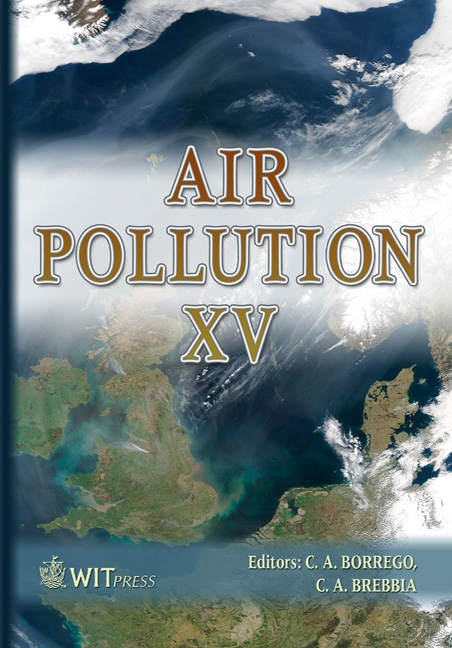Trends And Sources Identification Of Non-methane Hydrocarbons (NMHC) Concentration In Rural Areas In France
Price
Free (open access)
Transaction
Volume
101
Pages
10
Published
2007
Size
1,094 kb
Paper DOI
10.2495/AIR070221
Copyright
WIT Press
Author(s)
S. Sauvage, H. Plaisance, N. Locoge, P. Coddeville & J. C. Galloo
Abstract
Investigations on long term trends of non-methane hydrocarbons (NMHCs) in rural areas are of interest for a better understanding of tropospheric ozone concentration. NMHC were measured on a French rural site from 2002 to 2005, as part of the EMEP program. First, the examination of the levels and trends showed a global decrease in NMHCs. These results are in accordance with the levels observed in other sites in Europe. They are also in agreement with the decrease of NMHC emissions in France as positive consequences of the European directive 99/13/CE. Nevertheless, we note a pronounced increase in biogenic compounds like isoprene, one species having a high potential of ozone formation. Secondly, data handling was based on receptor modelling using Positive Matrix Factorization (PMF) to characterize NMHC source profiles and their contributions. Six main profiles have been identified: domestic heating (28.2%); remote sources (22.1%), solvent use (18.4%), vehicle exhaust (10.6%), gasoline evaporation (9.9%) and biogenic (7.1%). This work is completed by a clustering analysis of air trajectories in order to apportion local and regional source contributions to the measured concentrations on the sampling site. The final aim of this study is to carry out a NMHC data extensive analysis in order to improve the comprehension of the increase trend of background ozone. Keywords: NMHC, rural atmosphere, trajectory analysis, receptor model, PMF, source apportionment.
Keywords
NMHC, rural atmosphere, trajectory analysis, receptor model, PMF, source apportionment.





